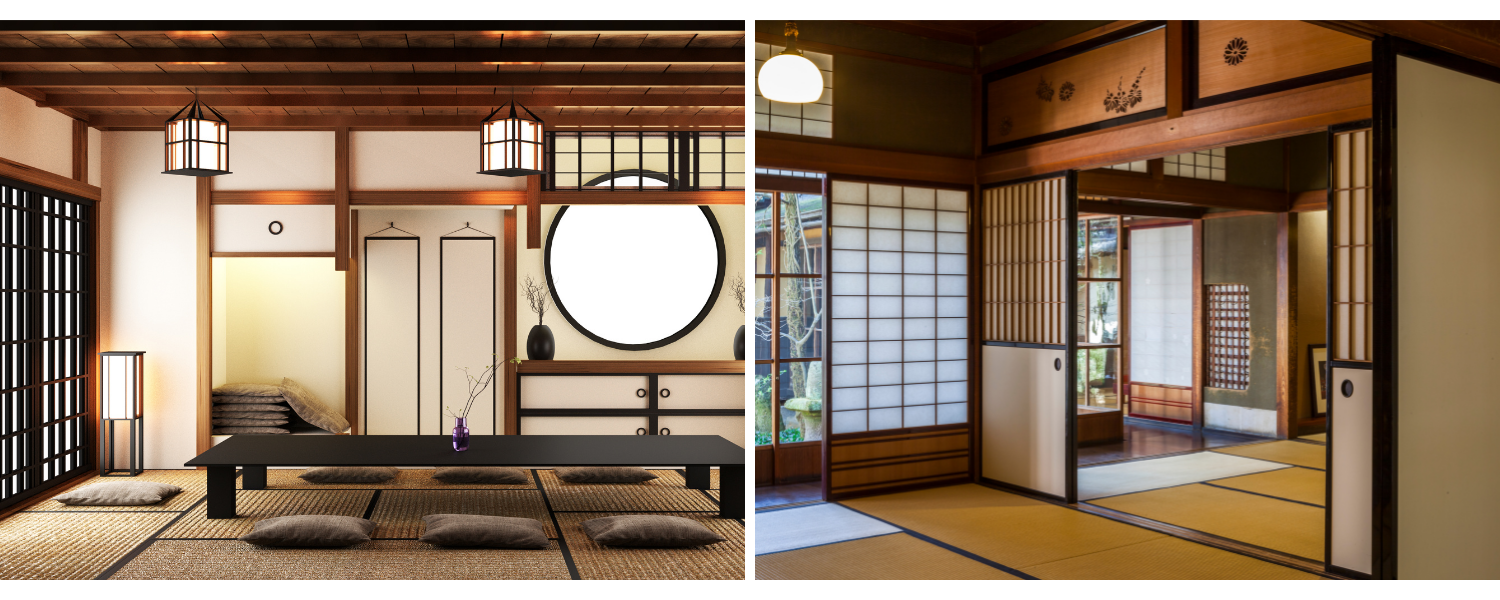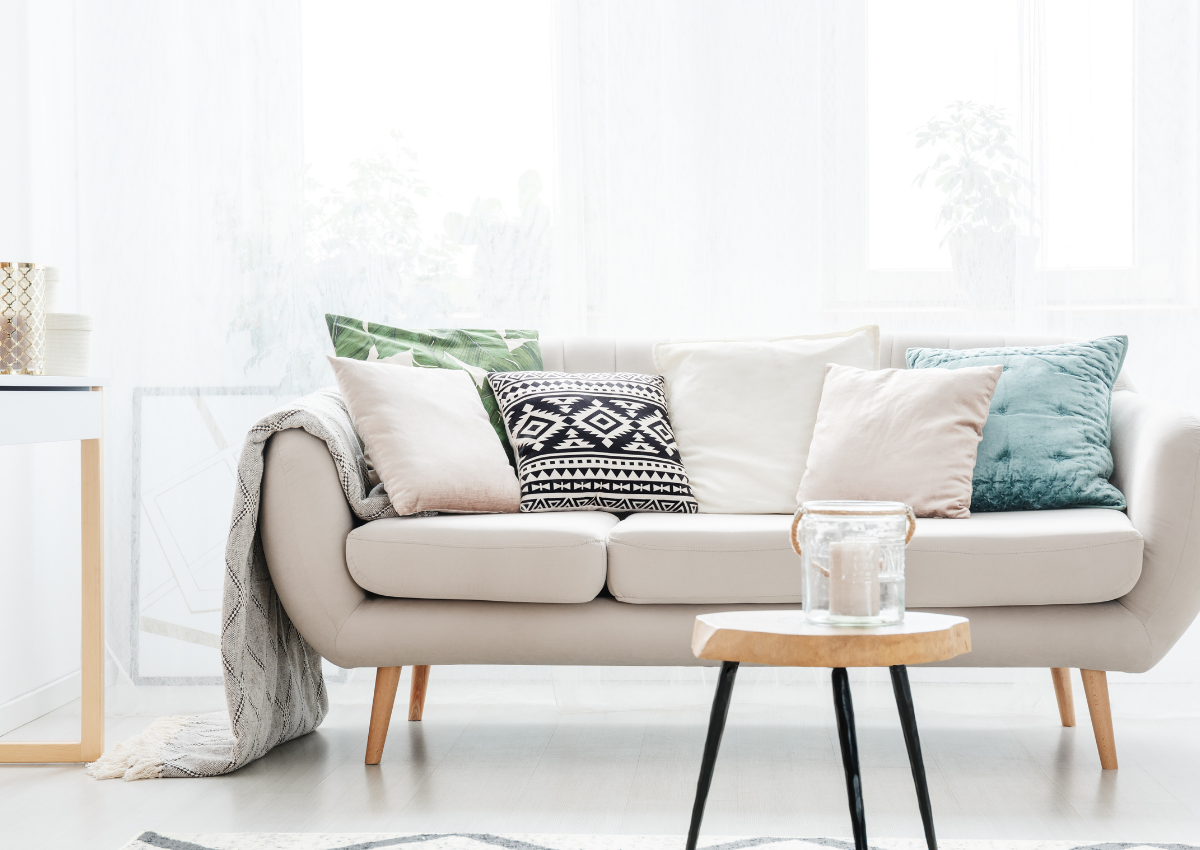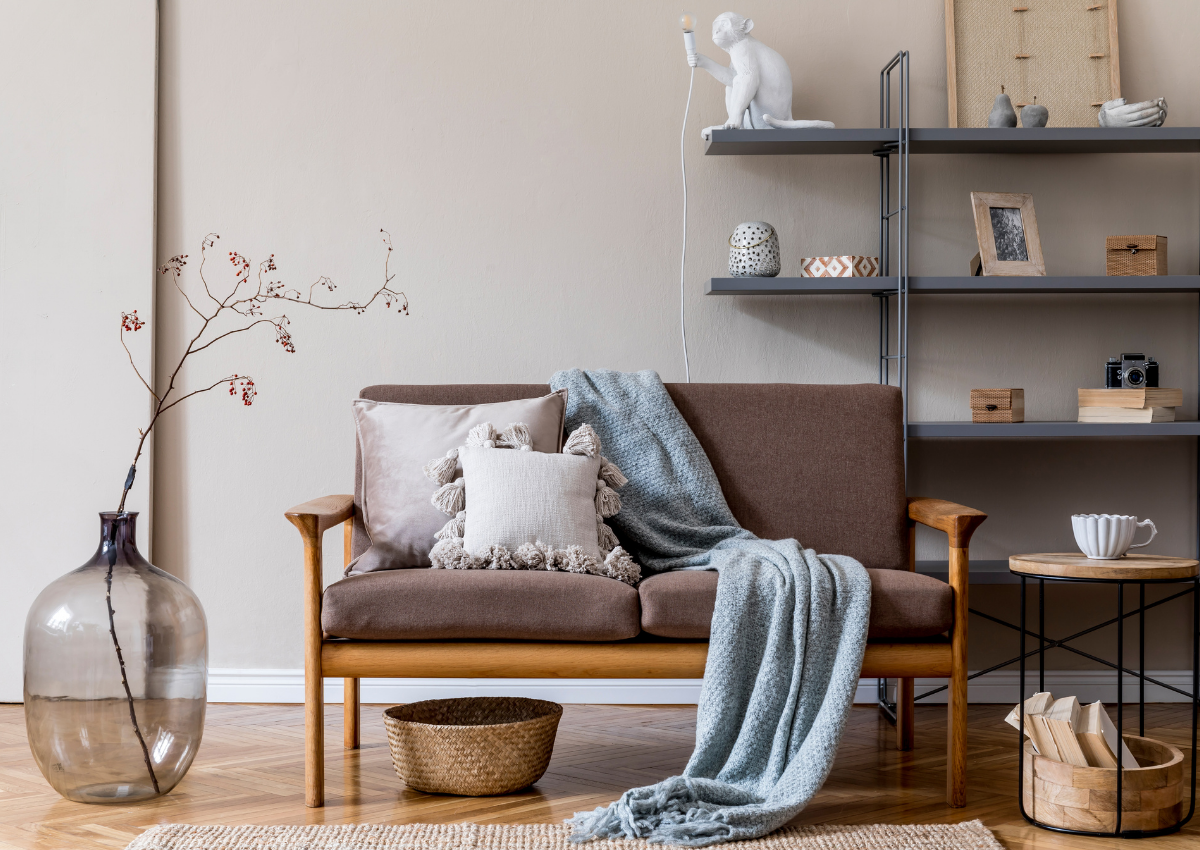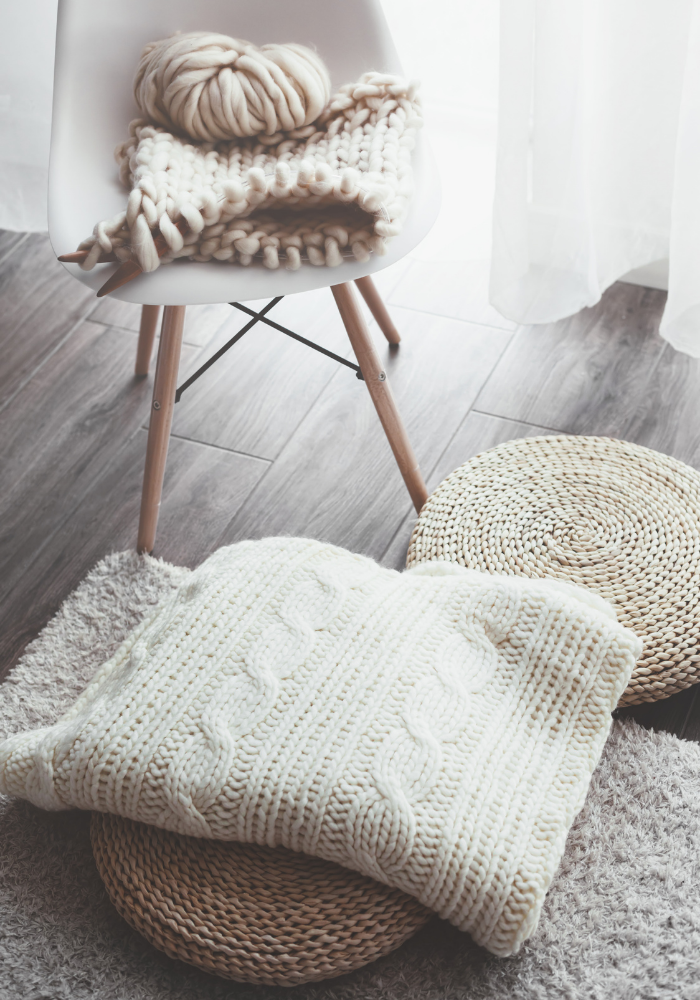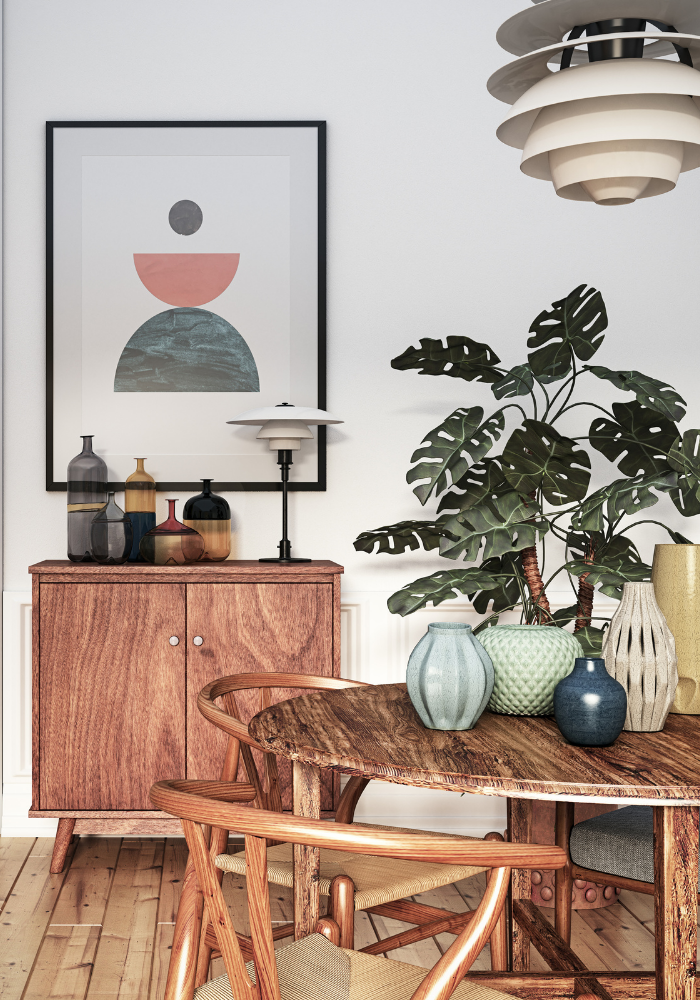If you ask me, your home should be your sanctuary. A place you love and cherish. You should feel a sense of comfort every time you walk through the door. If a peaceful, relaxing space with clean lines and cozy elements sounds appealing, the new design trend I’m sharing today is about to become your new favorite… trust me.
Come meet Japandi.
What is Japandi?
If you haven’t already seen this design trend all over your Pinterest and Instagram feed, you will soon. Meet Japandi… an artful fusion of Japanese and Scandinavian design elements. It’s all about creating peaceful and comfortable spaces using a blend of organic elements and timeless design.
The best part about this style is that it infuses calm, serenity, and ease into your home with minimal effort, almost as if it’s a cozy refuge from the outside world... and who doesn’t want that?! With the uncertainty of the last year and a half, it’s no surprise that this design trend is gaining popularity. I think it’s safe to say that we’re all looking for a way to find our calm in the chaos!
I know what you might be thinking… what do Japanese and Scandinavian styles have in common? Which aspects of each style are coming together? Well, friends, they have some differences and some similarities. To understand how these styles perfectly fit together, let’s first unpack each design element on its own…
Embracing Imperfections & Meaning with Japanese Design
With timeless designs, minimalist principles, and a focus on using natural materials, the Japanese design style is less about perfection and more about craftsmanship. In fact, the Japanese term, wabi-sabi, is all about finding beauty in imperfections. After all, nature is imperfect, isn’t it? Is there such a thing as the perfect branch or the perfect curve in the river? Nope.
In Japanese design, the human connection to the furniture is also key. By that, I mean that each piece has evidence of master craftsmanship and embodies the qualities of the natural materials used to make it. The beholder can see this in the craftsmanship, and there is a connection and respect for both the maker and for nature that transcends the inanimate object. It becomes part of the space’s story. (By comparison, can you imagine having a connection with that IKEA table? Probably not...)
Japanese design is also infamous for clean lines, neutral but warm color palettes, and a less-is-more approach. It feels relaxed, breathable, and spacious, BUT it doesn’t have that cozy, soft element. And that is where Scandinavian design takes over…
Creating Comfort with Scandinavian Design
Scandinavian design is rooted in minimalism, airiness, and comfort. If you’re not familiar with Scandi hygge principles yet, it’s basically the idea that creating cozy, natural, and bright spaces will bring a sense of comfort and togetherness. It’s all about creating a space that works with you and not against you.
Scandinavian design is famous for using cozy and inviting textures, like a plush wool rug or comfy sofa, combined with unstained, natural woods and soft neutral hues. The overall effect gives your home a casual, lived-in, and comfortable vibe without the home feeling busy or cluttered. What could be better? I’ll tell you… combining the two styles.
Japandi: Where Wabi-Sabi Meets Hygge
So, what’s the result of mixing Japanese and Scandinavian design? Answer: You’ll get a perfect mix of clean lines, cozy elements, and beautiful imperfections (that take the pressure off, am I right?). It also boasts a minimalist style that is both easy-going, easy to maintain (I hear parents celebrating everywhere), and undeniably sophisticated. This is Japandi.
While both Japanese and Scandinavian styles are rooted in minimalism and clean-lined designs, there are ways they differ. In this case, their differences actually complement each other. Where Japanese interiors are sleek, Scandi designs have a touch of rustic hominess. Where Scandinavian designs may seem overly neutral and sterile, the earthy tones of Japanese design infuse it with warmth.
If you ask me... it’s not difficult to see why these design styles are the perfect match for one another. They give you the best of both worlds, providing a peaceful, relaxing, and function-driven space. Sounds great, doesn’t it?
How to Embrace Japandi Design in Your Home
Other than giving us a call, stat, there are a few ways you can recreate this style and feeling in your home. Here are four quick tips:
1. Texture is Key
By intentionally using textured items like cozy blankets, a bountiful amount of throw pillows, and plush rugs, your space will encompass a welcoming, lived-in, and comfortable feel that embrace the Japandi style. But these aren’t the only ways to bring texture into your home. Try pairing handmade ceramics, rattan furniture, and paper lamps with raw wood or bamboo. This brings us to our next tip…
2. Combination of Neutral Hues and Earth Tones
The Japandi color palette is a hybrid between the bright, light, and airy Scandinavian style and the rich earth tones of the Japanese style. Keep the color palette neutral by combining warm white walls with earthy and warm hues like beige, terracotta, muted greens, ocher, and charcoal. This combination adds visual warmth and promotes the exact feeling of calm you’re looking for when entering a Japandi space.
3. Use Natural Elements
Using natural materials is imperative for achieving the cozy minimalist feeling of Japandi style. Wood helps to showcase the beauty of handmade craftsmanship. Think exposed wood beams against white shiplap, a natural light wood coffee table, or dining chairs constructed with bamboo. Natural elements help to bring warmth to the space while providing a simplistic beauty.
Another natural element that cannot be forgotten...plants! We already know that plants have health benefits (both mental and physical), so naturally, a peaceful and relaxing space cannot exist without them. In addition, nature is a central element in both Scandinavian and Japanese cultures, and bringing plants into your home helps make that connection to the natural world.
4. Keep it Minimal
Minimalism doesn’t mean you have to live in a completely empty home. Instead, it means that what goes into your home is curated with intention. By using simple and minimal styling, it helps to keep the clutter to a minimum, which naturally leads to feelings of peace. For example, rather than using an abundance of decor, rely on a handful of intentional statement pieces. Handmade pieces, like earthenware or adding art you love, are great for this.
What’s Next?
I have a feeling it’s only a matter of time before we start seeing Japandi styles everywhere. Minimal designs that are aesthetically pleasing, comfortable, and highly functional... What’s not to love?
If you’re looking for more than just a few tips, give us a call. Whether it is a design refresh to transition your home into a new style or a complete renovation, our team would be delighted to design a stunningly warm and peaceful home for your family to enjoy.
Until next time,
Kathryn



